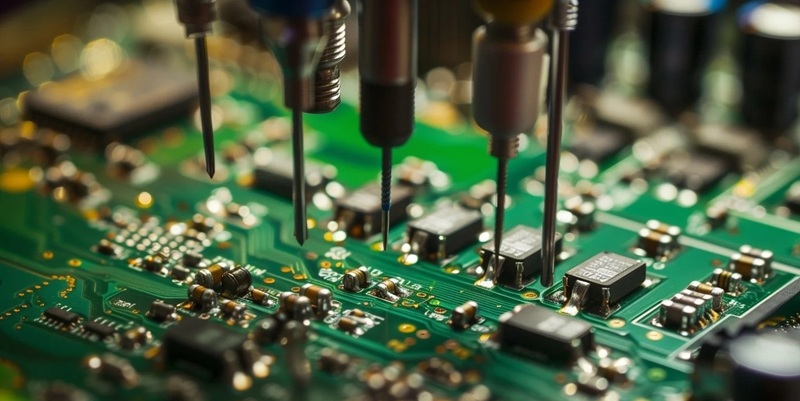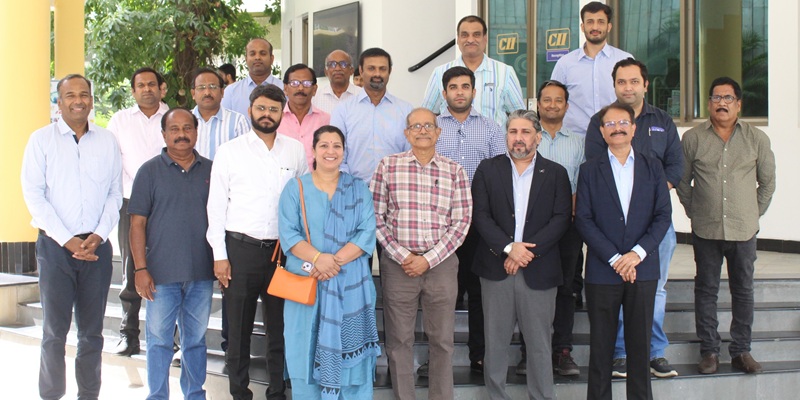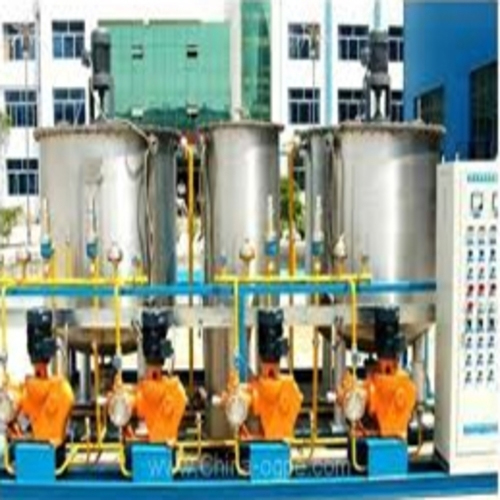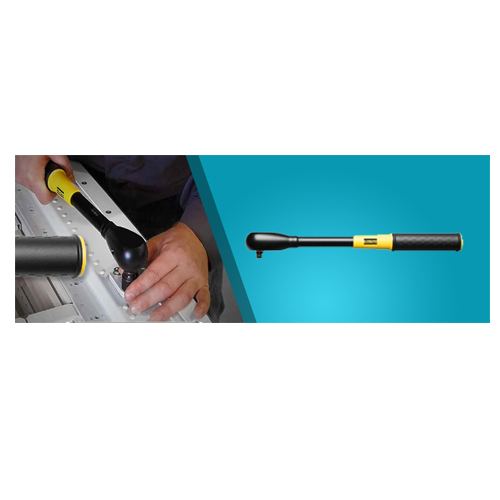Schedule a Call Back
Safe practices in hydraulics
 Technical Articles
Technical Articles- Mar 01,17

Some tips from a domain expert on how to ensure safety in hydraulics, especially where hoses are used.
Over the past few years there have been many incidents of severe injuries caused due to failure in hydraulic hoses. At times, such injuries can be very severe where fluid pierces the skin and enters the blood stream too. The hydraulic hose or hose fittings need safe practices by operators and even bystanders for assessing the risk and to follow safe hydraulic practices to avoid such situations.
There can be several reasons for hydraulic hose failure. One of the major reasons is improper maintenance of hydraulic equipment, which leads to premature hose failure resulting in downtime, injury or even death.
The hose lifecycle can have widened if the factors they depend upon are controlled and well taken care off. These include:
>> Maintaining a safe work environment
>> Hose inspections & procedures
>> Troubleshooting hose failures
>> Proper hose & coupling selection
>> Proper hose assembly & installation, and
>> Crimper preventive maintenance.
Besides the above mentioned points, a major reason for hose failure depends on the routing of hoses. Proper routing is essential for optimal performance, safety, efficiency and service life. More than 57% of failures happen due to improper routing. Gates Safe Hydraulics™ describes eight right ways for hose routing. These are:
>> Abrasion – Avoid rubbing and abrasion and use proper clamps to eliminate unnecessary movement
>> Appearance – Route hose directly by using 45?and/or 90? adapters and couplings
>> Collapse – Keep hose bend radius as large as possible to avoid flow restriction and collapse
>> Length change – Allow enough slack in hose line to accommodate length changes that occur when pressure is applied
>> Movement/flexing – Adequate hose length distributes movement on flexing applications, avoiding abrasion
>> Strain – Use elbows and adapters to relieve strain on the assembly and provide neater, more accessible installations
>> Tight bend – Use an adapter or bent coupling to avoid sharp bends when radius is below the required minimum, and
>> Twist – Bend hose in the same plane as the motion of the port to prevent twisting and distortion.
Some dos and don’ts
It is important to follow the basic guidelines to avoid fatal incidents, which can occur due to personnel negligence. Keep in mind that hydraulic hose assembly systems should conform to hydraulic hose routing. This should be as per SAE J 1273 standards for proper application of such hose assemblies. Recommended practice can be found in the Gates catalog.
Make sure the hydraulic system pressure should not exceed the rated working pressure of the hose. Pressure surges or peaks exceeding the rated working pressure are destructive and must be taken into account when selecting a hose.
The internal or external temperatures should not be exposed to exceed the recommended limits. Check on the hydraulic assembly (tube, cover, reinforcement and couplings), whether it is fluid compatible. Each construction of hose is constructed keeping the application in mind and have a drastic different characteristics. Hose length, size (inside dia), application, pressure, machine vibration and motion should be considered while selecting the hose. Hose length changes under pressure.
Inside diameter of hose tells about handling the fluid flow volume otherwise smaller ID can generate in excessive fluid pressure and heat generation which can result in tube damage. Many hoses are compatible with one or the other but not all fluids. Therefore it becomes very important to use the correct hose. Additional information is available with the local Gates representative.
Do not bend or flex hose to a radius smaller than the minimum recommended and do not subject hose to tension or torque. This can place excessive stress on the reinforcement and severely reduce the ability of the hose to withstand pressure.
Do not ignore the hose protection or guide it with clamps if required. This minimises the risk of damage due to excessive flexing, whipping or contacting other moving parts or corrosives. Determine hose lengths and configurations that protect from abrasion, snagging or kinking and provide leak-resistant connections.
Gates Safe Hydraulics™ is a comprehensive preventive maintenance program that can help users properly maintain and service equipment for safe operation.
For more information, visit www.gates.com/india or call 01762 506888-89.
Related Stories

Aimtron Secures Rs 1 bn ODM Deal with Leading US Infrastructure Firm
Aimtron, an Electronics System Design and Manufacturing (ESDM) company, has signed a Rs 975.5 million ODM deal with a US infrastructure leader to develop advanced, transformer-free UPS systems for g..
Read more
Cooper Corporation & Sinfonia Technology Launch India’s First CPCB IV+ LPG Genset
Cooper Corporation and Sinfonia Technology (Japan) announce the launch of India’s first CPCB IV+ certified 10 kVA LPG genset, marking a strategic partnership focused on advancing clean energy solu..
Read more
AIFI Launches ‘GenNext Entrepreneurs Forum’ to Shape India’s Forging Industry
AIFI unveils the GenNext Entrepreneurs Forum to foster emerging leaders in India’s forging industry, focusing on innovation, sustainability, and global competitiveness.
Read moreRelated Products

Ozone System
Omnicorp Environs & Infratech Co offers a wide range of ozone systems.

SWR ’Slipping’ Wrenches
Reliable
Trade Links offers a wide range of SWR ’slipping’ wrenches.

Gripping Systems – Rgg
Schunk Intec India Pvt Ltd offers a wide range of Gripping Systems – RGG - cleaning
device with shank interface.












